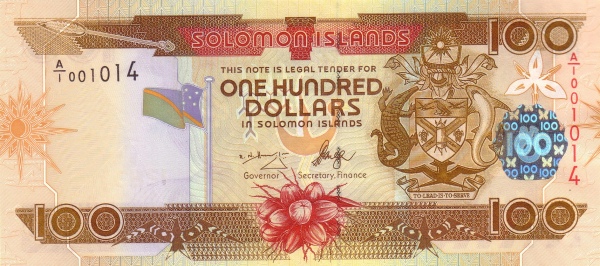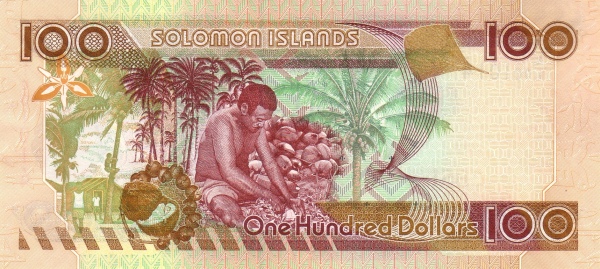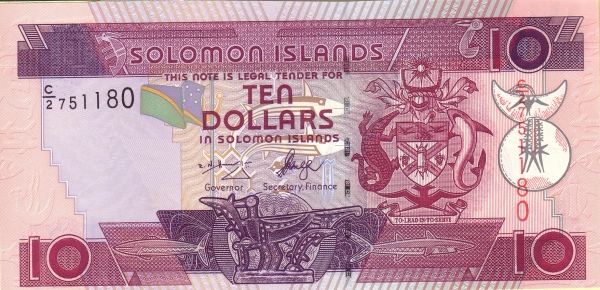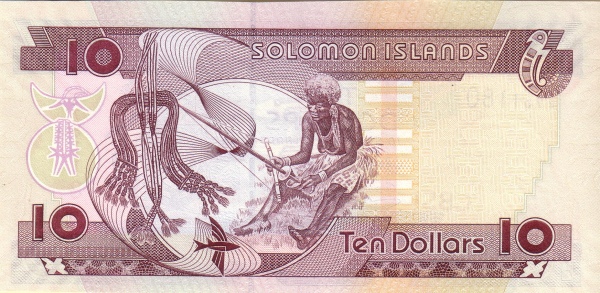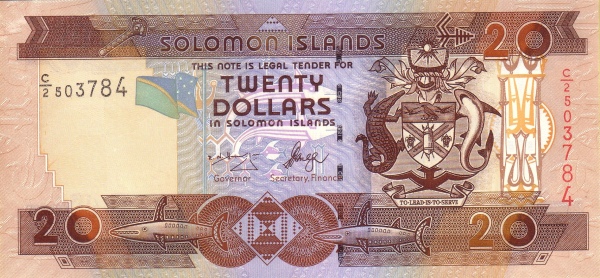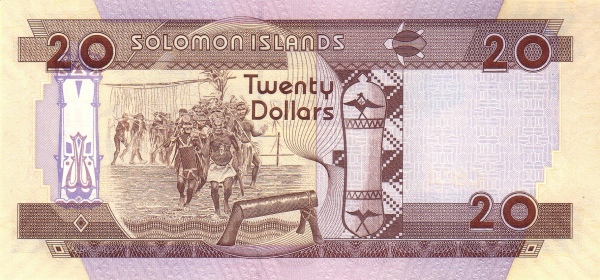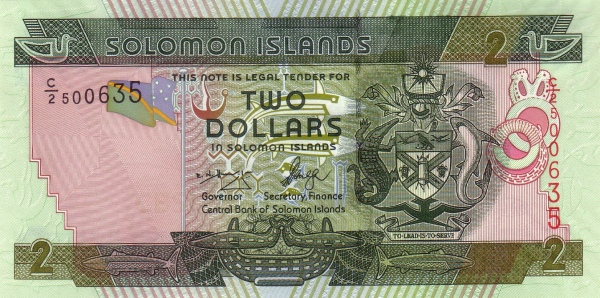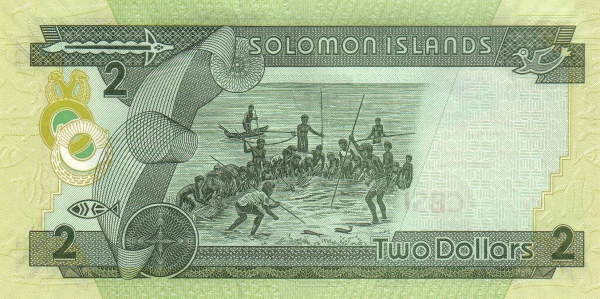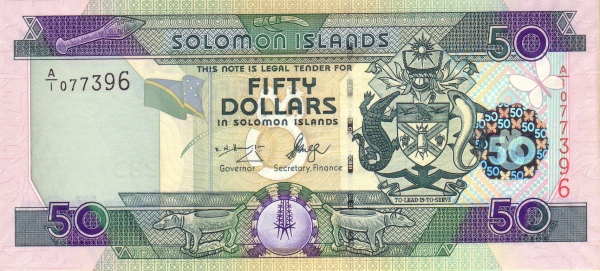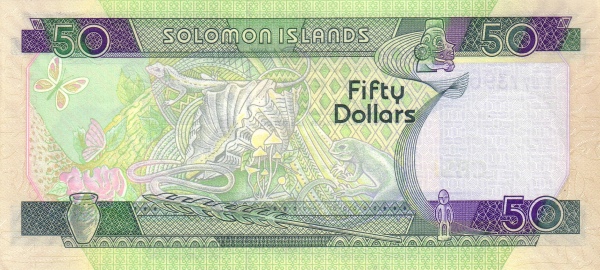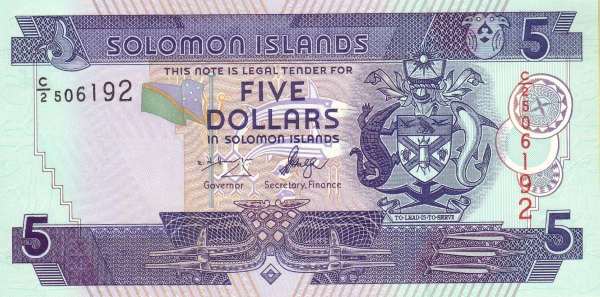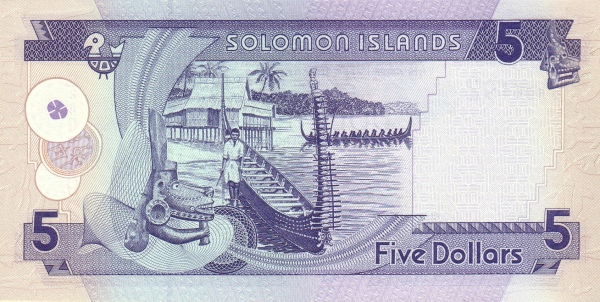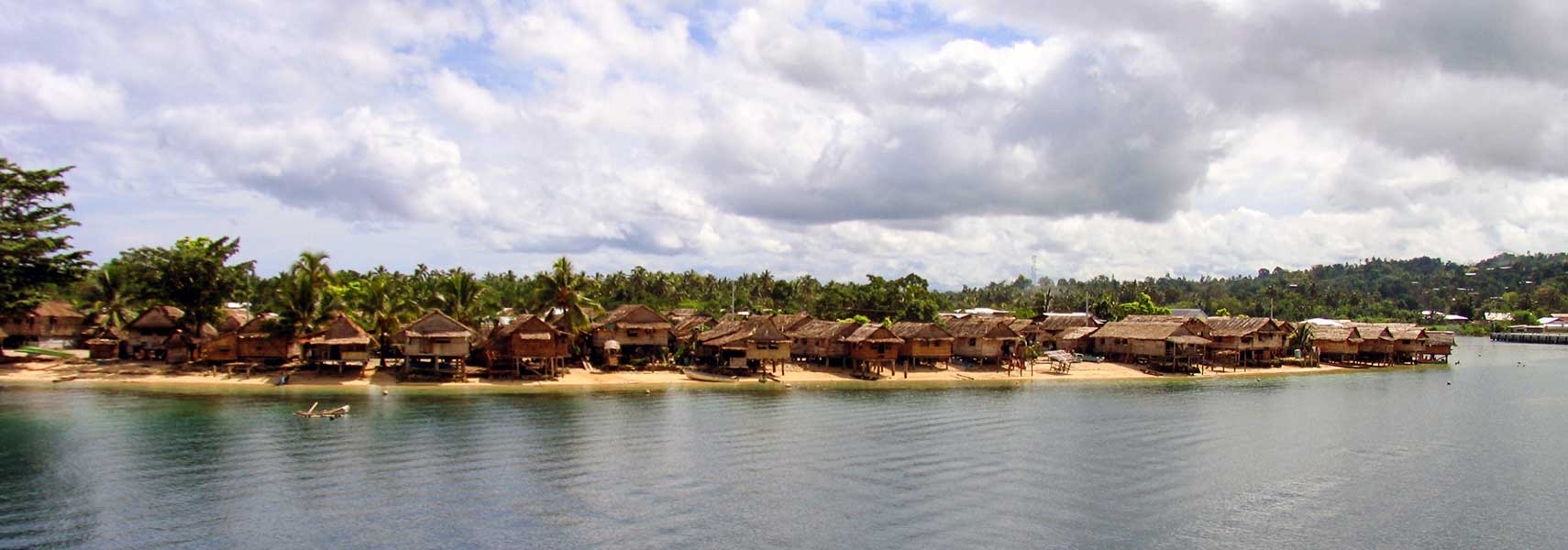Discovering the Solomon Islands: A Tropical Paradise in the South Pacific
When we think about paradisiacal destinations, the Solomon Islands undoubtedly come to mind. Nestled in the South Pacific Ocean, these stunning Melanesian islands lie east of Papua New Guinea and previously went by the name British Solomon Islands. Covering a total area of approximately 28,896 km², they present a landmass comparable to that of Albania or slightly smaller than the U.S. state of Maryland. The allure of the Solomon Islands resonates not only through its picturesque landscapes but also its unique cultural heritage.
Government Structure and Independence
The Solomon Islands operates as a parliamentary democracy within the Commonwealth. At the forefront, Queen Elizabeth II serves as the chief of state, having reigned since February 6, 1952. However, her interests are represented locally by Governor General Sir John Lapli, who took office in 1999. The islands adopted their constitution in May 1978, paving the way for their independence from the United Kingdom on July 7, 1978. This historical milestone marked a new chapter in the islands' journey toward self-governance and national identity.
Geographical Marvels of the Solomon Islands
The geography of the Solomon Islands is as diverse as its inhabitants. Located in Oceania, this archipelago comprises numerous islands that stretch across a total area of 725,197 sq. km (280,000 sq. mi.). The land features rugged mountains, majestic volcanoes, and lush rainforests. Additionally, visitors can discover breathtaking low coral atolls that dot the landscape, enhancing the islands' natural allure. The rich topography significantly contributes to the islands' biodiversity and ecosystems, making it a haven for nature enthusiasts.
Climate and Weather Patterns
Travelers to the Solomon Islands typically experience a tropical climate characterized by high humidity and warm temperatures throughout the year. On average, daytime temperatures hover around 27 degrees Celsius (80 degrees Fahrenheit). The rainy season occurs between November and March, bringing monsoonal downpours that are vital for the region's ecosystems. Despite these weather fluctuations, the islands' climate offers a steady warmth that draws visitors year-round.
Demographics and Cultural Heritage
The population of the Solomon Islands stood at approximately 642,000 as of 2015, with the capital city, Honiara, located on Guadalcanal Island. The primary nationality of the residents is Solomon Islander, comprising predominantly Melanesian ethnic groups, which account for 93% of the population. Additionally, Polynesians make up around 4%, while Micronesians constitute approximately 1.5%. The diverse ethnic tapestry enriches the islands' cultural practices and traditions.
Religious Beliefs and Language
Christianity plays a significant role in the lives of the Solomon Islanders, with about 95% of the population identifying as Christians. Among them, more than one-third belong to the Anglican Church, while 4% adhere to indigenous beliefs. This blend of religions reflects the islands' history and cultural influences. Additionally, the official language is English, although only 1% to 2% of the population speaks it fluently. Melanesian pidgin functions as the lingua franca across much of the islands, and more than 87 indigenous languages enrich the cultural dialogue.
Education and Literacy
The literacy rate in the Solomon Islands stands at 64%. Although this figure indicates progress, there remains room for improvement. The government and various organizations continuously strive to enhance educational opportunities for children and adults alike, acknowledging that education is vital for national development and prosperity.
Natural Resources of the Solomon Islands
The Solomon Islands boast an abundance of natural resources, which include fish, forests, and palm products such as oil and kernels. Additionally, the islands are rich in agricultural goods, producing cocoa and various minerals such as gold, bauxite, phosphates, lead, zinc, and nickel. These resources not only support the local economy but also present opportunities for sustainable development.
Exports and Trade Partners
In terms of exports, the Solomon Islands primarily trade timber, fish, copra, palm oil, and cocoa. China stands as the largest market for these exports, accounting for an impressive 61.7%. Other notable partners include India and Italy, each representing 5.9% of the islands' export activities as of 2015. This trade reflects the economic landscape of the Solomon Islands, which heavily relies on its natural resources.
Imports and Economic Dynamics
On the flip side, the import landscape comprises food, plant equipment, manufactured goods, fuels, and chemicals. Australia emerges as the largest trade partner for imports, contributing 24.7% of the total imports in 2015. China also plays a crucial role, accounting for 18.4% of imported goods. The Solomon Islands' economic dynamics showcase a pattern of reliance on both domestic production and international trade.
A Way of Life in the Solomon Islands
Life in the Solomon Islands presents a fascinating blend of traditional values and modern influences. Communities possess a strong connection to their land and heritage, often practicing sustainable agriculture and fishing. Cultural events, dances, and festivals celebrate the islands' rich traditions and provide an opportunity for both locals and tourists to engage meaningfully with the culture. Enhanced by the unique charm of its inhabitants, the Solomon Islands present a captivating experience that leaves a lasting impression.
In conclusion, the Solomon Islands offer an unparalleled experience for travelers seeking adventure, culture, and natural beauty. As a destination rich in history and resources, the islands continue to thrive while honoring their heritage, making them a significant place within the Pacific region.
Largest cities of: Solomon Islands
| City Name | Population | Year of foundation | |
| Honiara | 85,000 | 1978 | |
| Auki | 8,000 | 1952 | |
| Noro | 6,000 | 1845 | |
| Gizo | 4,500 | 1770 | |
| Lata | 3,500 | 2006 | |
| Fer-afai | 3,000 | circa 1600 | |
| Munda | 1,500 | 1928 | |
| Pangaimotu | 1,200 | 1854 |
Solomon Islands: Money
